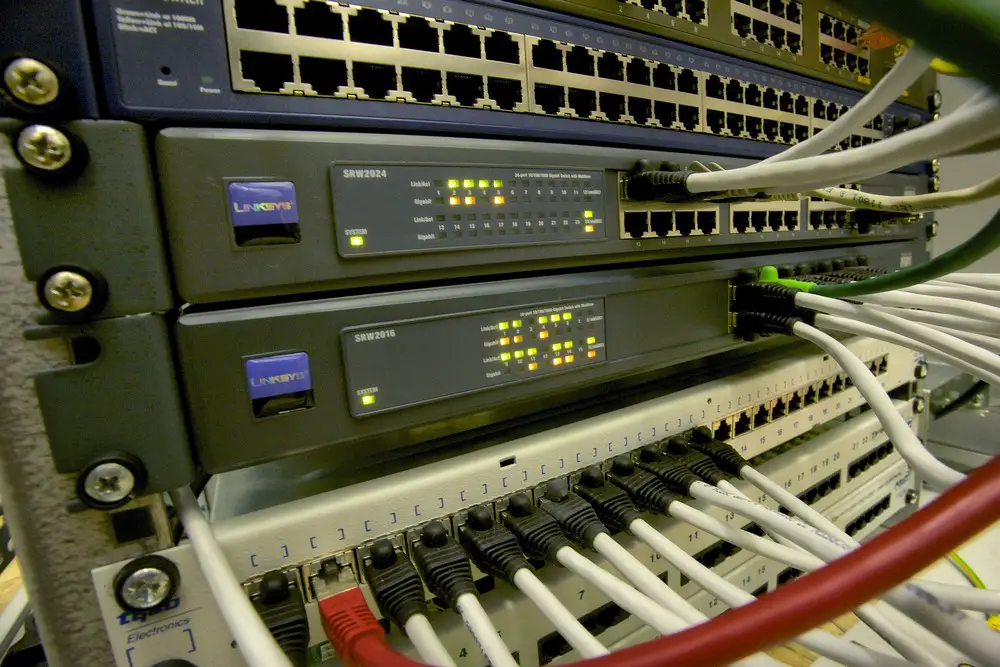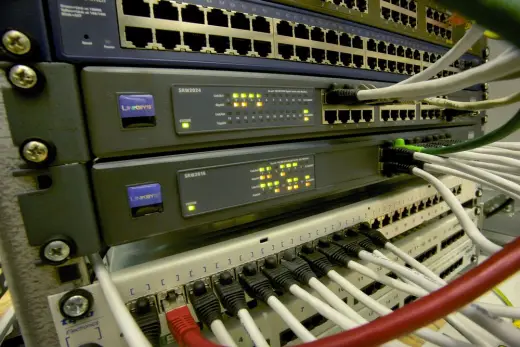Protect your storage and backups advice, Floppy disks and CDs tips, Data store guide
Protect Your Storage & Backups
May 2, 2023
Data storage and backups are critical aspects of modern life, as digital information has become an integral part of our personal and professional activities. From precious family photos and important documents to critical business data and intellectual property, protecting our storage and backups has become paramount in ensuring the safety and security of our digital lives. In this article, we will explore the importance of protecting your storage and backups, and provide practical tips on how to safeguard your valuable data.
Protect Your Storage & Backups Advice
Floppy disks and CDs
Data storage has come a long way from the days of floppy disks and CDs. Today, we rely on a variety of storage solutions, such as external hard drives, solid-state drives (SSDs), cloud storage, and network-attached storage (NAS) devices, to store our vast amount of digital data. While these storage options offer convenience, accessibility, and scalability, they also come with their fair share of risks.
Data storage is data loss
One of the primary threats to data storage is data loss. Data loss can occur due to various reasons, including hardware failures, software errors, power outages, natural disasters, theft, and cyber-attacks. Losing critical data can have devastating consequences, resulting in financial losses, legal disputes, reputational damage, and emotional distress. Therefore, it is crucial to take proactive measures to protect your storage and backups from such risks.
Protecting your storage and backups
One of the first steps in protecting your storage and backups is to implement a robust backup strategy. A backup is a duplicate copy of your data that is stored in a separate location from the original data. Backups act as a safety net, allowing you to recover lost or corrupted data in case of any data loss event. It is essential to create multiple copies of your data and store them in different locations to ensure redundancy and minimize the risk of data loss.
Widely recommended backup
When creating backups, consider the 3-2-1 rule, which is a widely recommended backup strategy. The 3-2-1 rule states that you should have at least three copies of your data, stored on two different storage media, with one copy stored offsite. This ensures that even if one storage medium fails, you still have multiple copies of your data in different locations, reducing the risk of complete data loss. It is also essential to test your backups regularly to ensure their integrity and usability.
creating backups
In addition to creating backups, encrypting your data is another crucial aspect of protecting your storage and backups. Encryption is the process of converting data into a coded form, which can only be accessed with a decryption key. This adds an extra layer of security to your data, making it unreadable and unusable to unauthorized parties. Many storage options, such as cloud storage and external hard drives, offer built-in encryption features that you can enable to protect your data. If encryption is not available by default, you can use third-party encryption tools to secure your data.
Backup software
It is also vital to keep your storage and backup software and firmware up to date. Software and firmware updates often include security patches and bug fixes that address known vulnerabilities and improve the overall security of your storage devices. Regularly check for updates from the manufacturer’s website or through automatic update settings, and apply them promptly to ensure that your storage and backups are protected against known security threats.
Physical security
Physical security is another crucial aspect of protecting your storage and backups. Physical theft or damage to your storage devices can result in the loss of valuable data. Therefore, it is important to take appropriate measures to secure your storage devices physically. For example, if you use external hard drives or SSDs, keep them in a safe and secure location, such as a locked cabinet or a safe. If you use NAS devices or servers, place them in a secured room or a locked cabinet, and restrict access to authorized personnel only.
Password-protected access
Additionally, consider using security features such as password-protected access, fingerprint recognition, or biometric authentication to add an extra layer of protection to your storage devices.
Cyber-attacks.
Another critical aspect of protecting your storage and backups is guarding against cyber-attacks. With the increasing sophistication of cyber threats, it is essential to implement robust security measures to safeguard your data from unauthorized access, theft, or ransomware attacks. Here are some practical tips to enhance the cybersecurity of your storage and backups:
Use strong and unique passwords
Avoid using weak passwords or default credentials for your storage devices or backup accounts. Use strong and complex passwords that include a combination of uppercase and lowercase letters, numbers, and special characters. Avoid using easily guessable information such as your name, birthdate, or common words.
Enable two-factor authentication (2FA)
Two-factor authentication adds an extra layer of security by requiring an additional verification step, such as a fingerprint or a unique code sent to your mobile device, to access your storage or backup accounts. Enable 2FA wherever possible to enhance the security of your data.
Regularly update and patch your software
Keep your storage and backup software, operating systems, and firmware up to date with the latest security patches and updates. This helps to fix known vulnerabilities and weaknesses that could be exploited by cybercriminals.
Be cautious of phishing attacks
Phishing attacks are a common tactic used by cybercriminals to trick users into revealing their passwords or other sensitive information. Be cautious of unsolicited emails, links, or attachments that ask for your credentials or personal information. Always verify the authenticity of the sender before clicking on any links or providing any sensitive data.
Use a firewall and antivirus software
Install and enable a firewall on your storage devices and backup servers to prevent unauthorized access. Also, use reputable antivirus software and regularly scan your storage devices and backups for any malware or viruses.
Regularly monitor
Monitor your storage devices and backups regularly for any unusual activities or unauthorized access. Audit your storage and backup accounts to review the permissions, access controls, and user accounts to ensure that only authorized personnel have access to your data.
Use encryption for data transfer
If you transfer data to or from your storage devices or backups over the internet, use encrypted protocols, such as HTTPS or SFTP, to protect the data from interception or eavesdropping.
Have a disaster recovery plan
Despite all precautions, data loss can still occur due to unforeseen events such as natural disasters, fires, or floods. Having a disaster recovery plan in place ensures that you have a plan to recover and restore your data in case of any catastrophic event.
Data Storage & Backups Protection Conclusion
protecting your storage and backups is crucial to safeguard your valuable data from potential data loss, theft, or cyber-attacks. Implementing a robust backup strategy, encrypting your data, keeping your software and firmware up to date, ensuring physical security, and implementing cybersecurity measures such as strong passwords, 2FA, firewalls, and antivirus software are essential steps to protect your storage and backups.
Regular monitoring, auditing, and having a disaster recovery plan in place are also critical aspects of data protection. By following these best practices, you can ensure the safety and security of your storage and backups and safeguard your digital assets. Remember, prevention is always better than cure when it comes to data protection. Take proactive measures to protect your storage and backups and enjoy peace of mind knowing that your valuable data is safe and secure.
Comments on this Protect Your Storage and Backups article are welcome.
Property Designs
Glasgow Architecture Designs – architectural selection below:
50 Bothwell Street Office News

image courtesy of architects practice
50 Bothwell Street Office Redevelopment
Comments / photos for the Protect Your Storage and Backups page welcome


